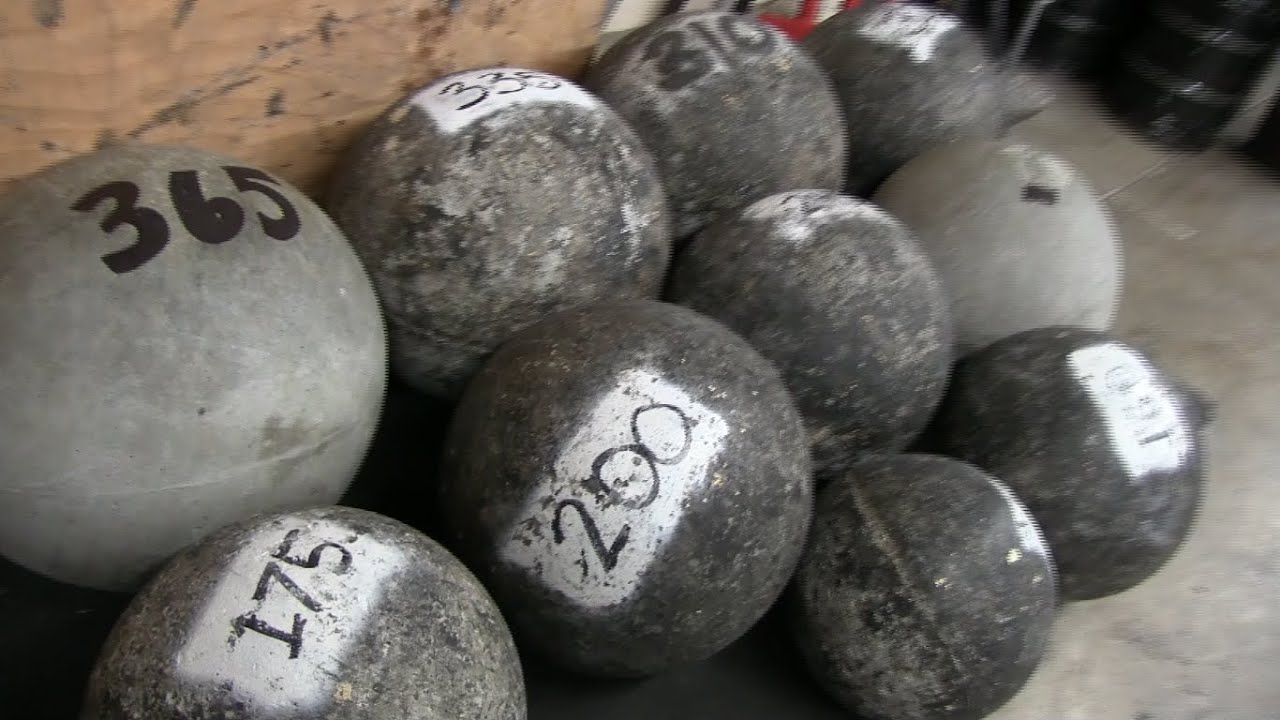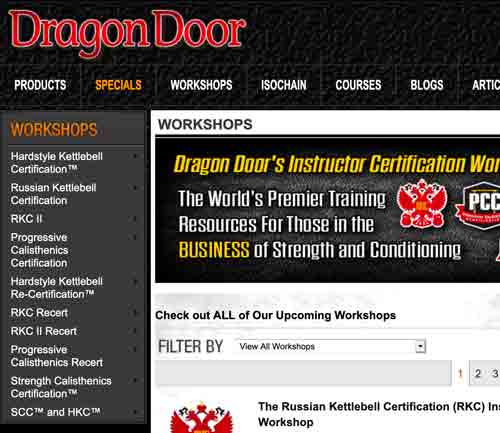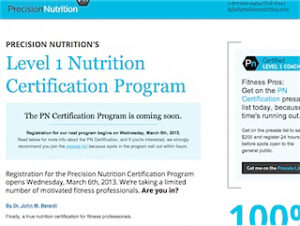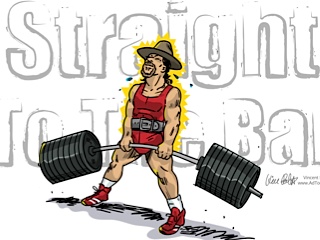
This is the third in this month’s article series on strength training equipment – a collaboration with Run to Win‘s Blaine Moore. Today I’ll be looking at a few of the essentials for any gym – bars, plates, hooks and collars.
Standard vs Olympic
When I began lifting weights – a little under 3 years ago now, although I gave them a few brief tests a decade or two ago – I started the home gym off with a bench, bar, dumbbells and plates. These bars were standard (rather than Olympic); as were all of the plates.
It was not until several months later I became aware of the differences, and began switching over to Olympic bars and plates. So what are the differences?
There are six key differences between Standard and Olympic plates. If you’re aiming to compete in a powerlifting or Olympic lifting event, the Olympic bars and plates are an obvious choice. However, they may still be worth considering for their other differences. These are :
diameter (of hole, bar) : Standard bars are less than 1″ in diameter, whilst Olympic bars are a more noticeable 2″ or so. This instantly increases the grip component of many lifts.
length (of bar) : a Standard bar measures either 5′, 6′ or 7′ (the 6′ seems to be the most common); an Olympic one is always 7′. The extra length increases the stabilisation component of many exercises.
weight (of bars) : a Standard bar weighs in at around 10kg, an Olympic one a much heftier 20kg. The weight of an Olympic bar is easily included in calculations for total weight, as it equals the same as a large (20kg) plate. Whilst there are both heavier and lighter plates available, the 20kg (44lb) is common.
cost : the major factor in the favour of Standard bars and plates is the cost, which is generally considerably cheaper than the Olympic counterparts.
comparison : for both calibration and historical reasons it is usual to see Olympic bars and plates used in competition. However, even if you’re not competing, it’s great to be able to instantly compare your own lifts to those you’ve seen on the platform.
threading and knurling (of bars) : Standard bars often have threaded ends (for the collars), whilst Olympic bars are typically smooth throughout this section. Olympic bars also differ in the knurling on the bar, which is similar from bar to bar, unlike the knurling on Standard bars. This knurling is used not only for grip, but to line your body up in various exercises.
availability : another factor that should be considered when purchasing new bars or plates is their availability. Both new and second-hand bars and plates are more easily found in Standard sizes. When it comes to buying plates – particularly at this time of year – a great place to start is the nearest garage sale. Joe Skopec has a great article on cleaning up the rusty iron you often come across in such a sale.
Fat bars

If you’re looking for a little more of a grip challenge than an Olympic bar affords, consider either making or purchasing a fat bar. A typical diameter of a fat bar is 2.5′ – 3′.
One thing to keep in mind – especially if you’re fattening up your own bars – is that the plates themselves will be unchanged (whether Standard or Olympic); only the bar itself will be altered. For a very simple way of doing this, take a look at a couple of pictures of my chinning bar being given the fattening treatment. A similar process was then employed to thicken up a couple of dumbbell handles.
Hooks

If you’ve ever tried Front Squatting, you may have considered using the Hook method. This is the DIY gym enthusiast’s version of the Top Squat device; employing two pipe wrenchs or long-handelled vices to hold the bar as pictured.

Other hooks sometimes used in conjunction with the bar are those which are connected to wrist straps (the 1-Ton Hooks are perhaps the best known), and reduce the grip component on lifting exercises such as shrugs, rows and the deadlift.

For dumbbell pressing exercises when a spotter is not present, Dumbbell Hooks (usually Power Hooks) are invaluable. These allow the bells to be suspended close to the starting and finishing position of the exercise, and remove the need to hold the dumbbell as you get into position.
Collars
Collars are placed on the bar just outside the plates, in order to prevent the plates from sliding along the bar. This sliding is not only dangerous for anyone standing near the end of the bar (if you’ve ever dropped a plate on your foot you’ll understand this), it’s also a good way to upset any lift. Think back to the last time you performed a squat with the bar slightly off-centre.
There are several varieties of collars, and these differ widely in their weight. Be sure to include the weight of the collars in your training notes – for the heavier varieties in any case.
The most common types are :

Spring collars : I use these for light weights only. They’re quick to affix/release, but they tend to move a little when there are heavier weights involved.

Key or pin lock (aka shaft or compression collar) : the home gym contains a pair of dumbbells with the older key lock (an Allen key must be used to remove the collars). I generally use the new style of these which has a pin (permanently in place) instead of the key. Much faster to change.

Screw thread (such as the Spinlock collar) : designed for the threaded Standard bar, these collars are simply spun into position. Whilst secure enough, their one drawback is the relatively slow changeover speed.

Lever locking (such as the Okie Grip) : I’ve never tried these, but they’re certainly secure with heavy weights (take a look at some of the photos on the Strength Tech site), and are definitely in the game as far as speed is concerned. If anyone has tried them, I’d love to hear about your experience.











0 Comments
Trackbacks/Pingbacks